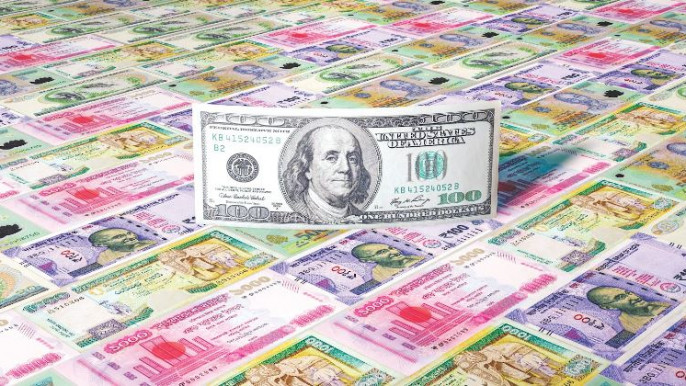Economists warn against the urge to print money during an economic crisis, because it can lead to hyperinflation. And yet, the US provided Covid-19 stimulus to its citizens by essentially printing money. Why are the rules different for different countries?
by Sheikh Rafi Ahmed
The Business Standard
 Currency is after all a piece of paper, which is why, during times of crisis, ordinary citizens have wondered why the government cannot simply print its way out of money troubles.
Currency is after all a piece of paper, which is why, during times of crisis, ordinary citizens have wondered why the government cannot simply print its way out of money troubles.
Economists, however, have time and again cautioned against the impulse to create more money. If the government creates too much money, people would end up with more money in their hands. Consumers would demand more and supply in the short run would fail to meet the sudden rise in demand. High demand pushes prices up, which in the worst-case scenario can lead to hyperinflation.
For instance, in 2008, inflation rose to 231,000,000% in a single year in Zimbabwe, because of the government’s mistreatment of the currency as its piggy bank. A sweet which previously cost only one Zimbabwean dollar cost 231 million Zimbabwean dollars a year later.
